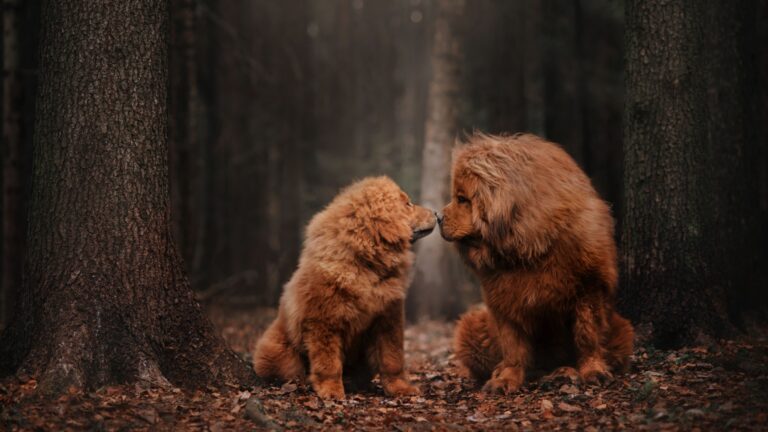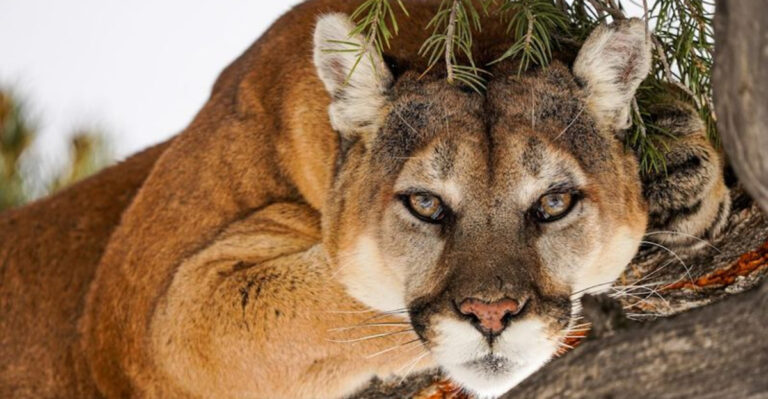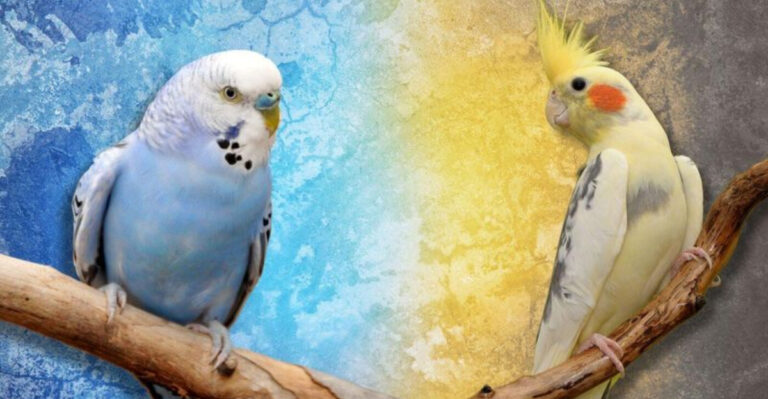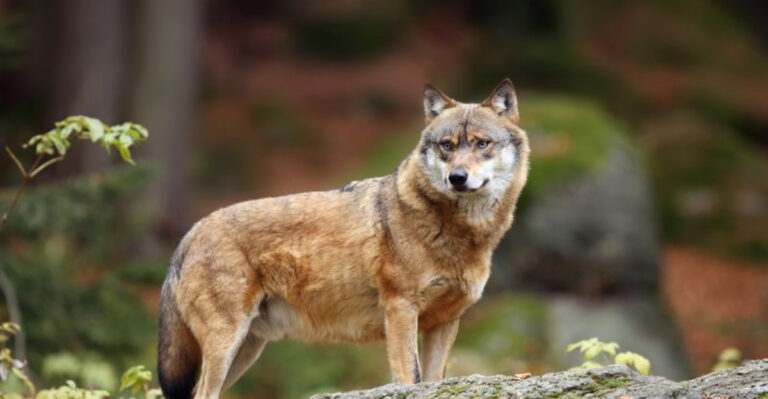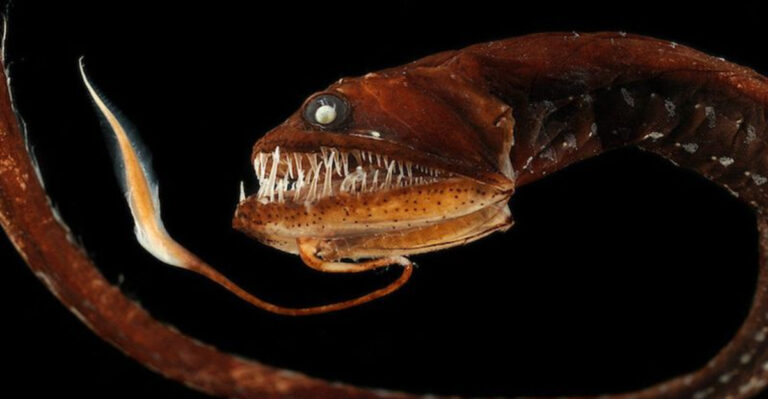These 15 Animals Might Be Protected – Don’t Remove Them From Your Property!
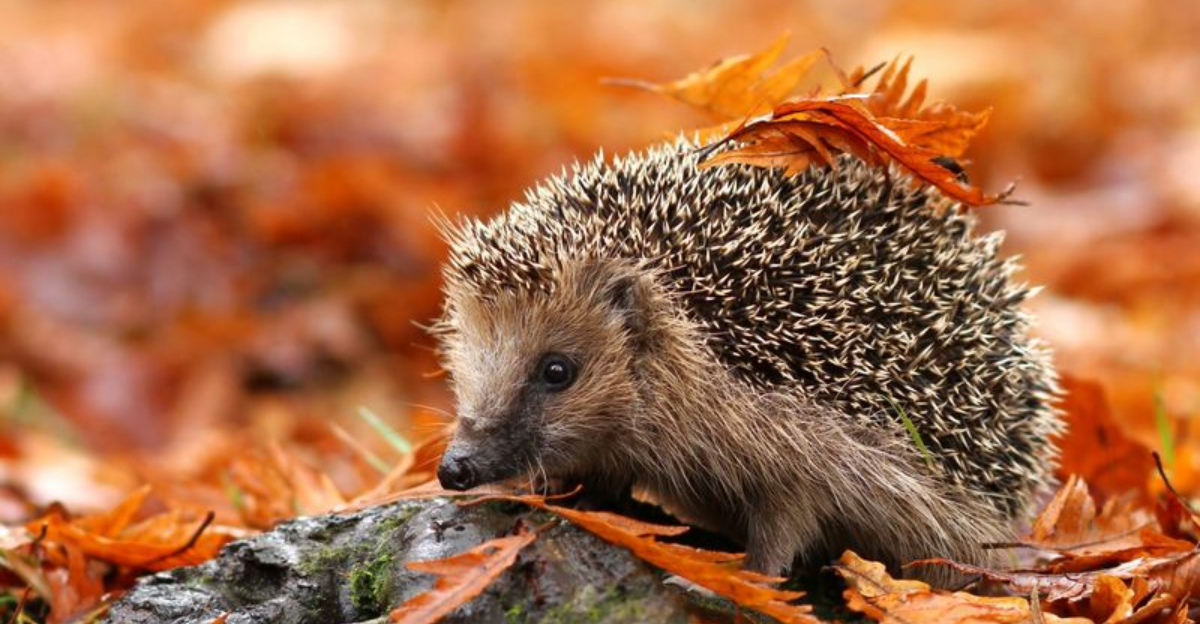
Before you evict any uninvited wildlife, you might want to check the rulebook. Some critters are legally protected and can’t be removed without proper steps.
We’ll also share what you *can* do, legally and safely, if they settle in. Coexisting with nature starts with knowing the rules.
Let’s dive into the surprising list of house and garden guests you’re required to tolerate!
1. Badgers
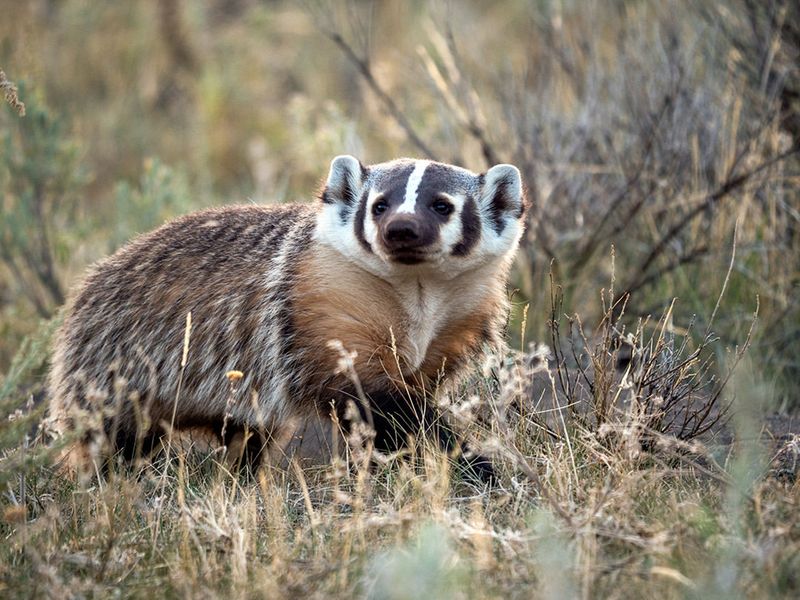
Badgers are fascinating burrowers that often live in complex underground homes called setts.
These mammals are protected by law, making it illegal to interfere with them or their habitats without proper authorization.
They contribute to the ecosystem by controlling pests and aerating the soil. If a badger moves into your garden, admire from afar and never block their routes.
For any concerns, contact local wildlife authorities for legal and humane solutions.
2. Barn Owls
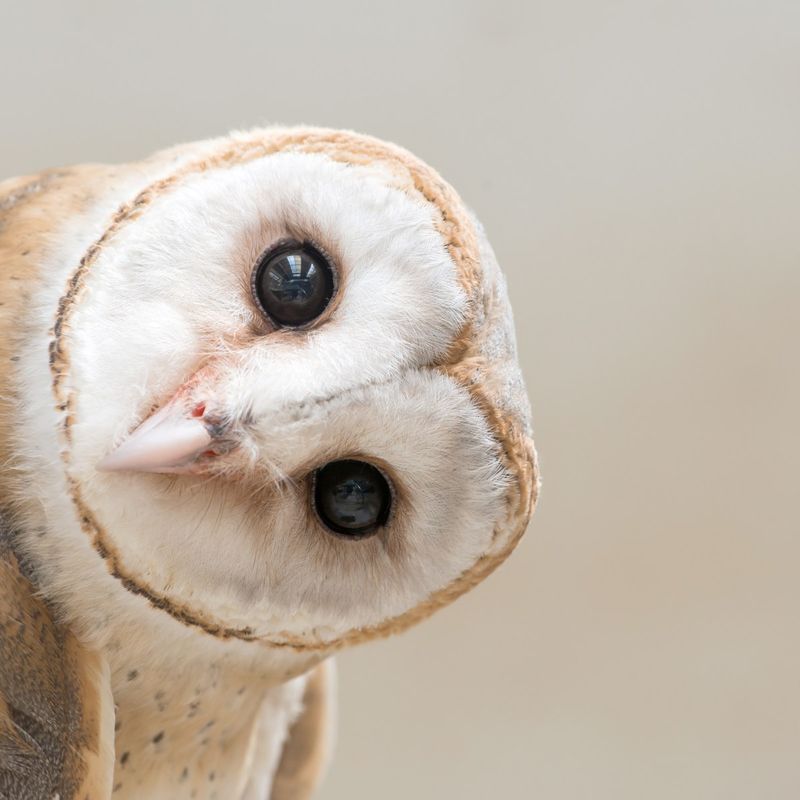
Barn owls are stunning birds with heart-shaped faces and silent flight. But don’t be fooled—these beauties are legally protected.
Disturbing their nests or relocating them without a license can lead to serious fines. If one takes up residence in your garden, consider it nature’s own pest control.
They feast on rodents, keeping your space balanced and healthy. If things get tricky, always call a wildlife expert for legal guidance.
3. European Turtle Dove
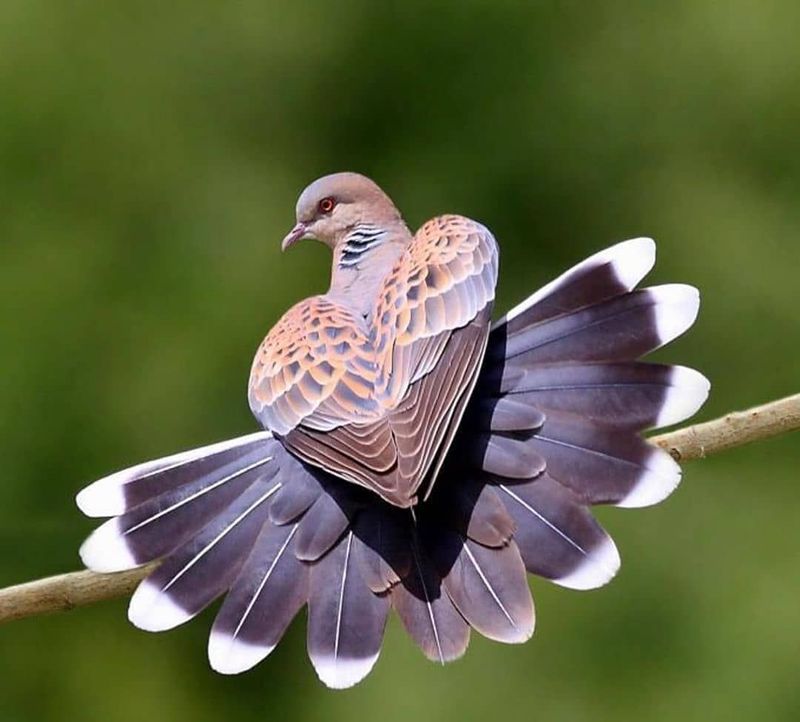
The European Turtle Dove brings charm and calm with its soft, purring coos. As a migratory bird with a shrinking population, it’s protected by law.
If one nests in your garden, hands off—disturbing them is a no-go. Their presence means your garden’s doing something right!
Want more visits? Add bird-friendly plants and a clean water source. These doves are peaceful guests worth keeping around.
So sit back, listen closely, and enjoy the serenity they bring.
4. Frogs And Toads
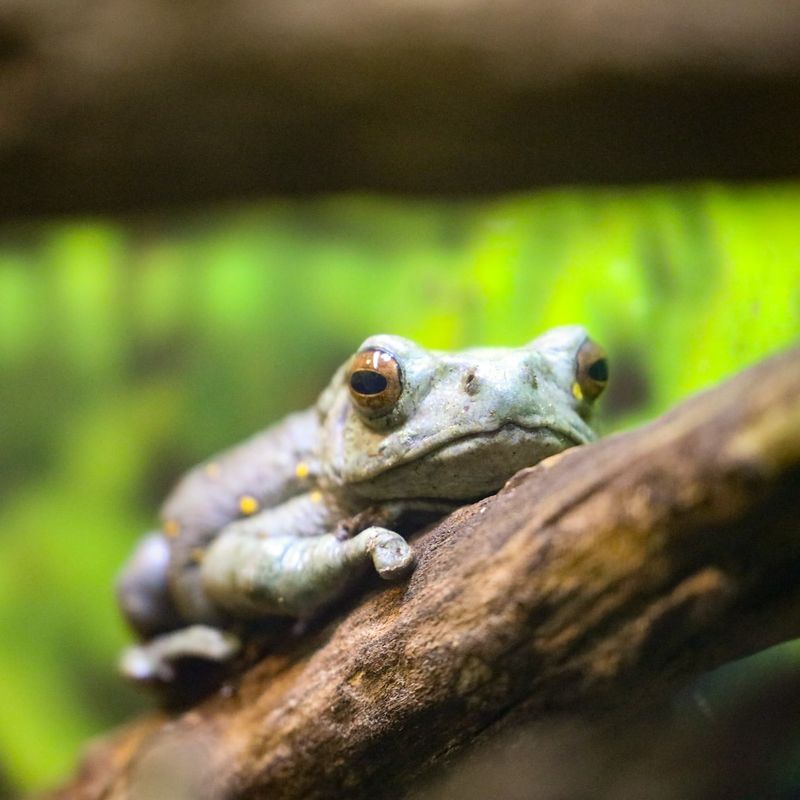
Frogs and toads are garden MVPs, keeping insect populations in check while signaling a healthy ecosystem.
But don’t be too quick to move them—many species are protected by law.
Especially during breeding season, relocating them without permission can be illegal. Want to keep them around?
Build a cozy pond with shallow edges and lush greenery. If they truly must go, call your local wildlife agency first.
5. Squirrels
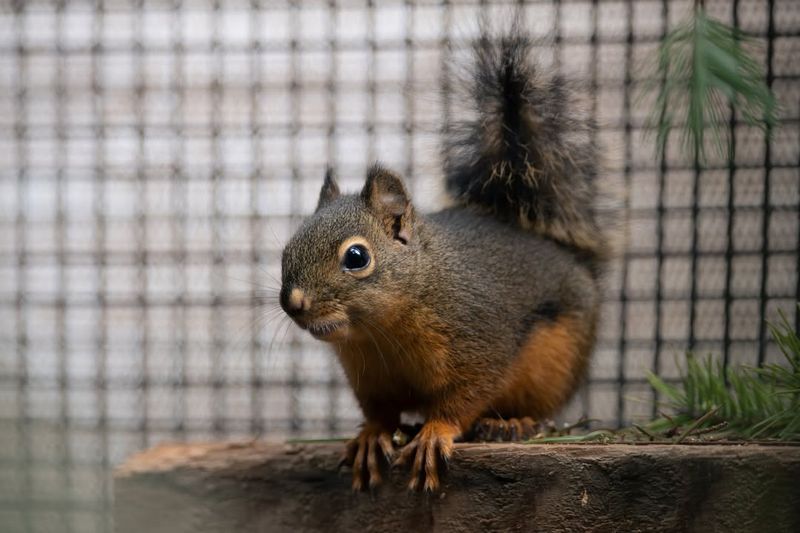
Squirrels may be adorable acrobats, but they’re not always harmless houseguests.
Some species are protected by law, so relocating them without permission can get you in trouble.
To avoid conflict, use squirrel-proof feeders and keep tree limbs trimmed away from your roof. If they nest where they shouldn’t, don’t DIY—call in the pros.
Licensed wildlife experts know how to handle things safely and legally.
6. Skunks
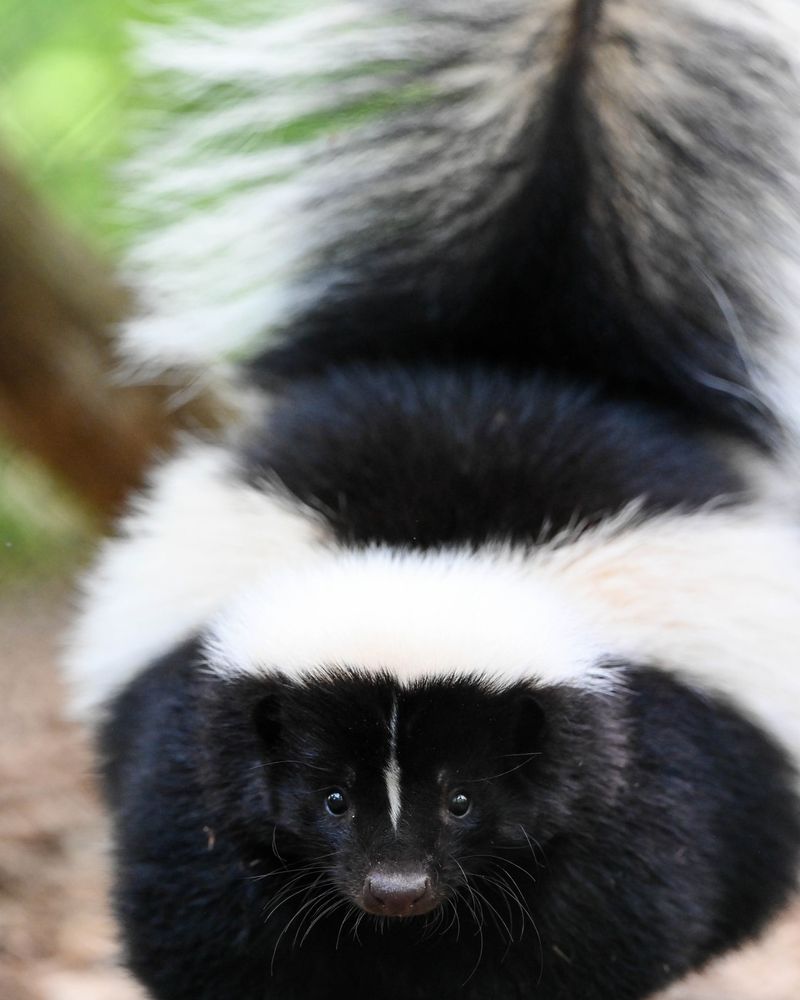
Skunks may have a stinky reputation, but they’re helpful garden guests. They keep pests like insects and rodents in check.
In many areas, it’s illegal to trap or remove them without a permit. These critters are protected to preserve their ecological role.
To avoid unwanted encounters, lock up trash and skip the outdoor pet food. If they move in under your shed, call a licensed pro.
7. Bats
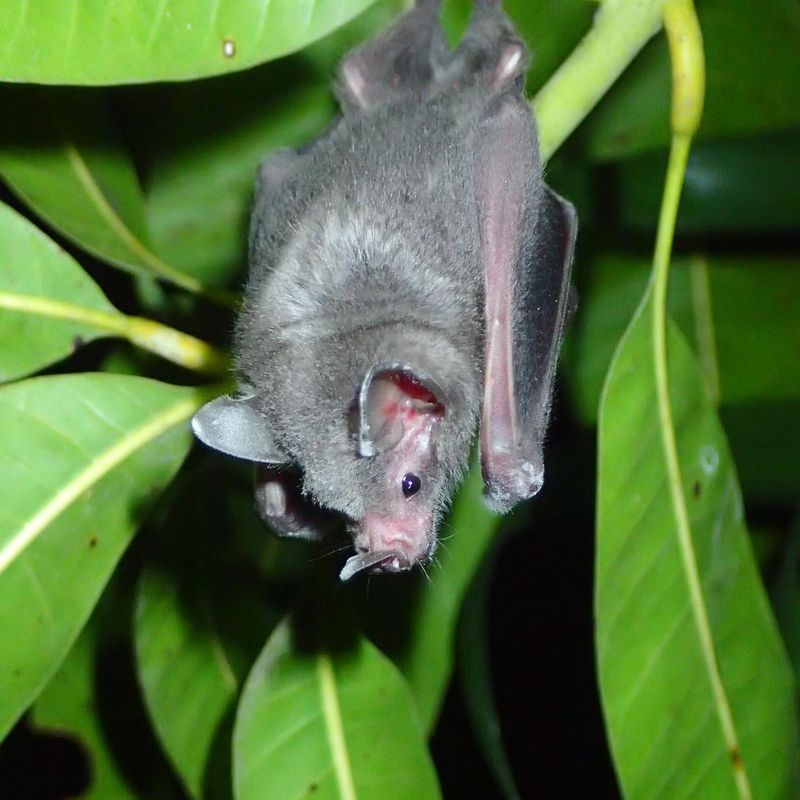
Bats are nighttime heroes, munching on insects and helping plants thrive. Despite the myths, they’re not out to dive-bomb your hair.
Because of their importance and dwindling numbers, all bat species are legally protected. Removing or disturbing them without a license is a big no-no.
If they’ve moved into your attic, don’t block their exit or spray anything toxic. Call a bat-friendly expert who knows the legal, humane way to help.
8. Bees
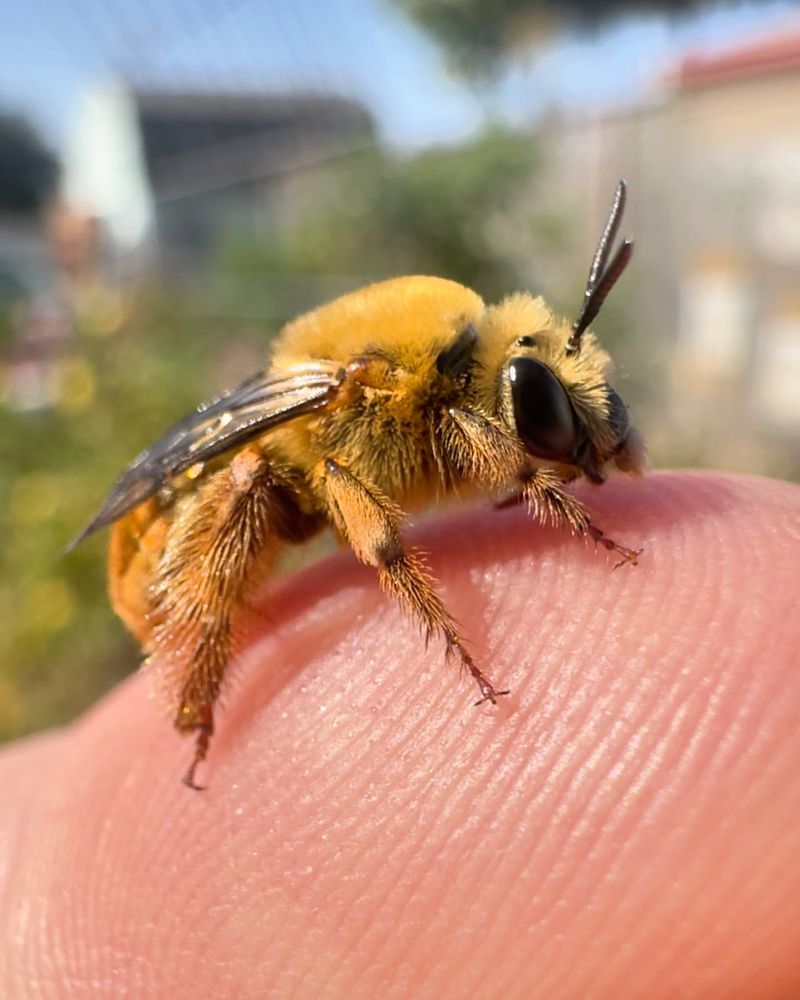
Bees are pollination powerhouses and crucial to our food supply. That’s why many countries now protect them by law.
If you find a hive on your property, don’t try to DIY the removal. Call a local beekeeper or licensed pro who can relocate them safely and legally.
Want to support these buzzing buddies? Plant native flowers and skip the pesticides.
9. Swallows
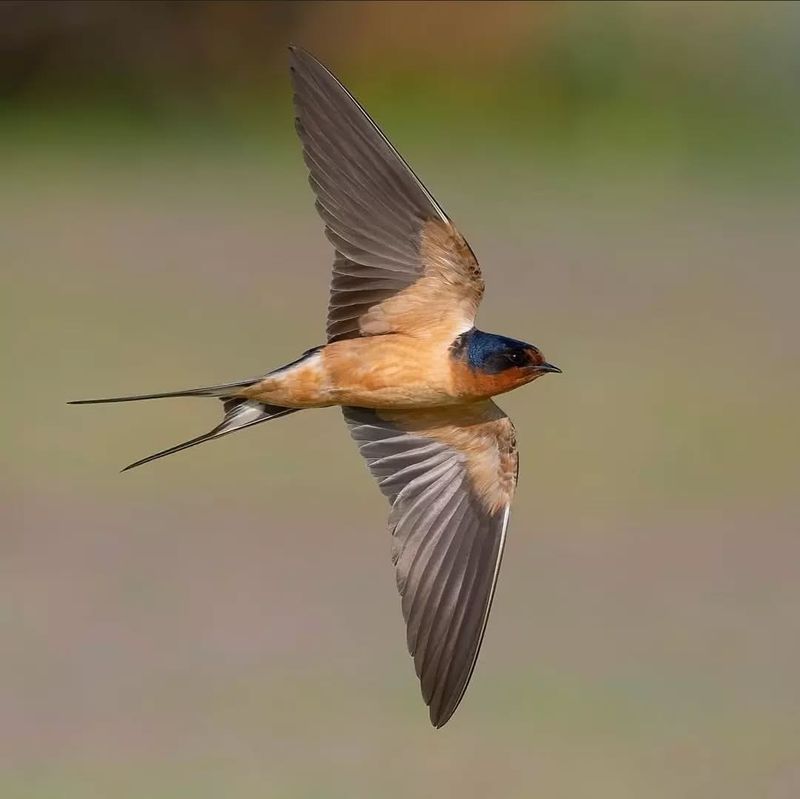
Swallows bring grace to the skies and music to your mornings—but their nests are legally off-limits. Protected in many regions, disturbing them during breeding season is a big no-no.
These insect-eating dynamos help keep mosquito numbers down, making them surprisingly helpful houseguests. If they’ve picked your place to nest, enjoy their seasonal visit.
Want to discourage future nesting? Do it after they leave, with legal guidance and humane deterrents.
10. Burrowing Owl
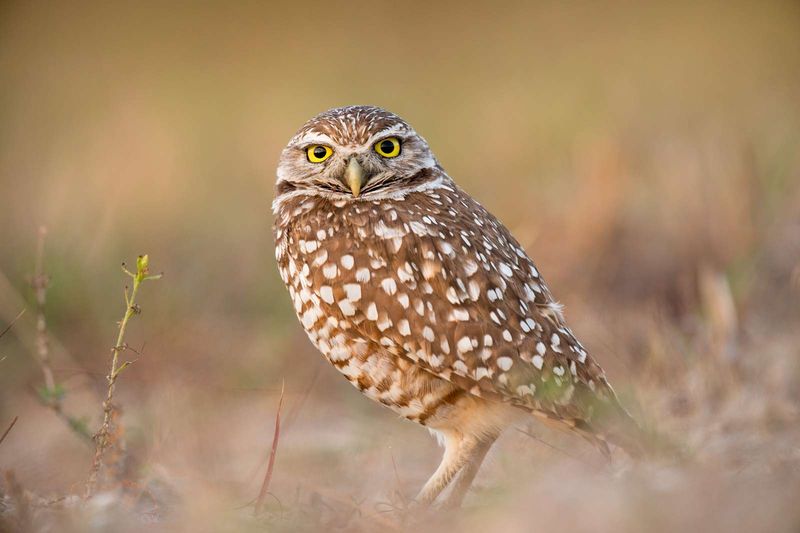
Burrowing owls are quirky little charmers that live underground instead of in trees. With their long legs and curious stares, they’re a rare treat to spot in open fields.
Unlike most owls, they’re active both day and night—so don’t be surprised if you see one sunbathing.
These birds are protected, and disturbing their burrows is strictly off-limits.
If they’ve moved into your property, keep your distance and avoid disrupting their home.
11. Newts
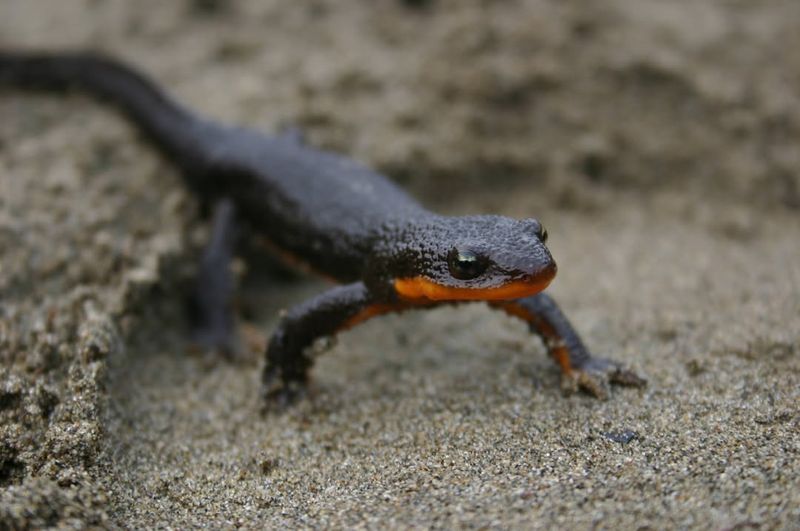
Newts are secretive little amphibians that split their time between land and water. Species like the great crested newt are legally protected, so hands-off is the rule.
A garden pond can become their breeding paradise—just keep it chemical-free and plant-rich.
If you spot one while gardening, let it be and celebrate your eco-friendly space.
12. Raccoons
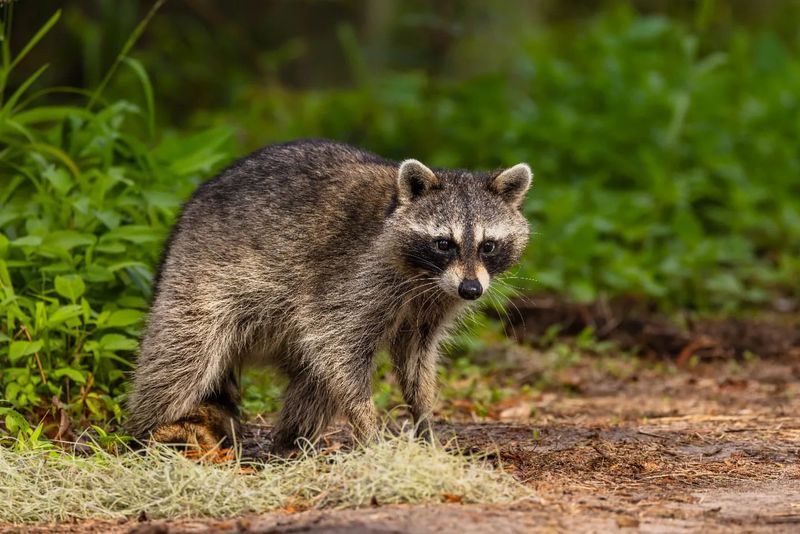
Raccoons may have a mischievous streak, but they’re smart, resourceful, and legally protected in many areas. You can’t just trap and relocate them without proper permits.
While they might raid your trash, they also help control pests and spread seeds. Keep them out by locking trash bins and sealing off any cozy attic nooks.
If one becomes too bold, call in licensed wildlife pros to handle it the right way.
13. Foxes
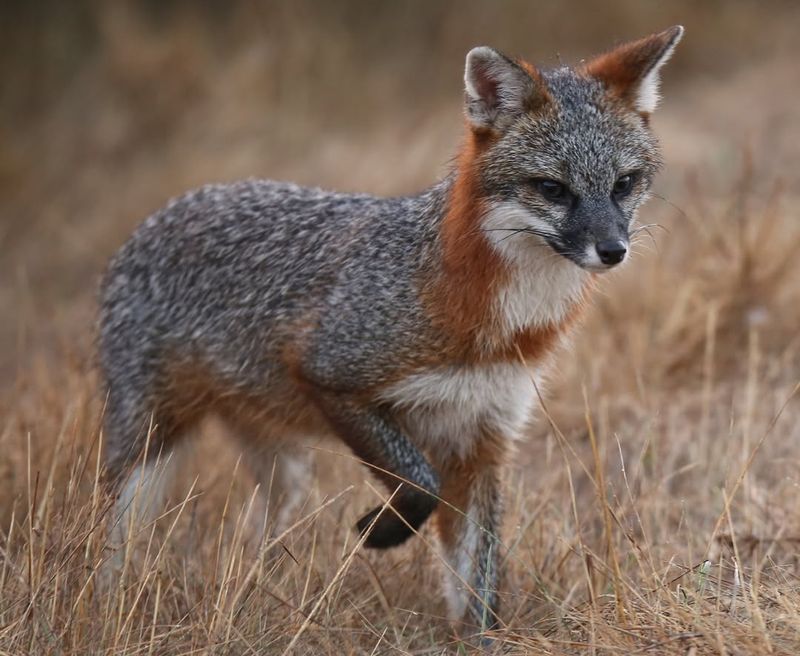
Foxes are clever creatures that thrive in both cityscapes and countryside settings.
They help keep rodent and insect populations in check, playing a valuable role in the ecosystem.
In many areas, it’s illegal to trap or relocate foxes without permits. Instead, secure garbage bins and remove shelter spots to gently discourage them.
If needed, contact licensed professionals for humane, lawful solutions.
14. Deer
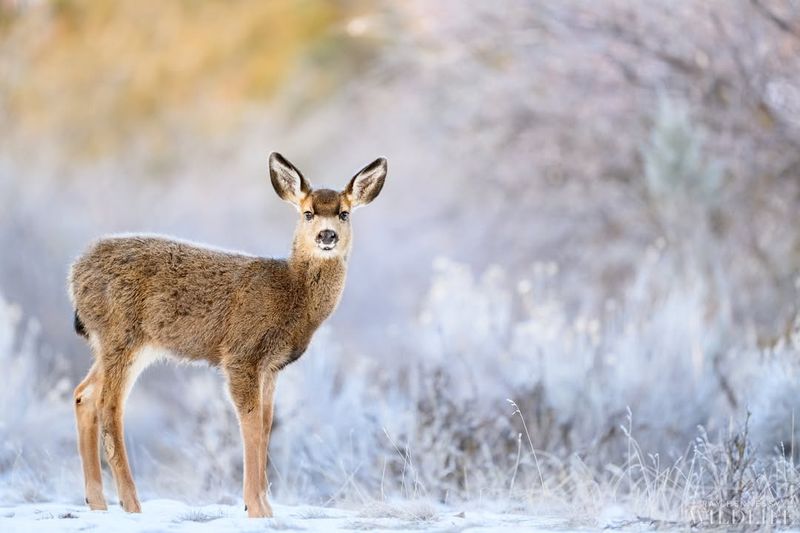
Deer may be graceful symbols of nature, but in your garden, they can be less than charming.
These gentle browsers can wreak havoc on plants and landscaping if left unchecked.
In most regions, it’s illegal to trap or harm deer without a permit. Instead, use tall fencing or deer-resistant plants to discourage visits.
For ongoing issues, reach out to local wildlife authorities for legal guidance.
15. European Hedgehog
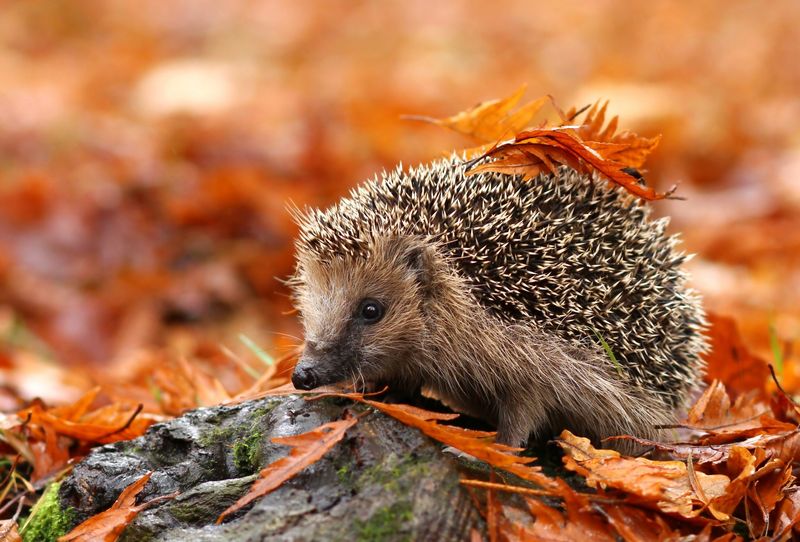
The European Hedgehog is a garden favorite, but it’s also legally protected in many areas. Removing or harming one can get you into serious trouble.
These spiky insect-eaters help keep your garden pest-free and thriving. Want to be a good host? Leave logs or set up a hedgehog house for shelter.
They’re most active at night, making them fun to quietly observe. A little cat food or hedgehog mix goes a long way—especially in chilly weather.

